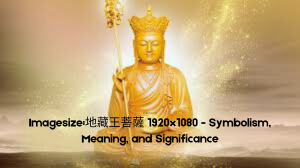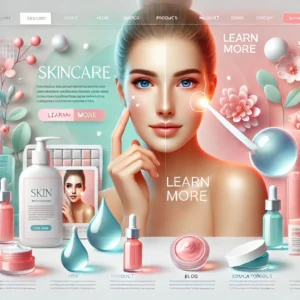How to Use Your Business Card to Highlight Key CV Skills
How to Use Your Business Card to Highlight Key CV Skills These days, standing out can be tough. You spend hours fine-tuning your CV, but what about your business card? While it’s small in size, a well-designed business card can pack a punch and be a great way to show off key skills from your CV. Here’s how you can make that happen without turning it into a second resume.
Table of Contents
1. Keep It Clean and Simple
The first rule of a great business card is simplicity. Personalized business cards let you express your individuality while keeping your message clear and professional. No one expects your whole career story on a 3.5-inch card. The goal is to catch attention and spark interest. You want the person who receives it to have a quick, clear understanding of who you are and what you offer. Keep your design uncluttered, but think carefully about the information you choose to include.
2. Focus on a Strong Job Title or Personal Brand
Your job title should align with your CV and reflect what you do best. It doesn’t have to match word-for-word, but it should communicate your core expertise. If you’re a graphic designer, for instance, something like “Creative Visual Designer” or “Brand Identity Specialist” can help highlight the skills on your CV.
If you’re more entrepreneurial, consider using a personal brand tagline. Something like “Empowering Brands Through Creative Storytelling” adds a touch of personality while also hinting at the skills you possess, such as communication or strategic thinking.
3. Add a Key Skill or Specialty
Unlike a CV where you list a range of skills, a business card only gives you room to highlight one or two. Choose the ones that best represent you and are most relevant to your career goals. You can incorporate these into a tagline under your name or job title, such as “Expert in Data-Driven Marketing” or “Specializing in UX Design and Development.”
By emphasizing a particular skill or niche, you’re giving potential employers or connections a memorable hook that might lead them back to your CV.
4. Use Visual Design to Reflect Your Abilities
If you’re in a creative field like design or marketing, your business card is a great way to showcase your skills. Your colors, fonts, and layout can say a lot about your aesthetic sense and attention to detail. A clean, modern design could reflect your skills in minimalism or organization, while a bold, artistic card might show off your creativity and design capabilities. Using a modern CV template can also help you maintain a professional and up-to-date look, ensuring that your resume feels as polished as your business card. A sleek, professional design can still highlight skills like precision and professionalism even if you’re in a more formal field, like finance or law.
5. Add Your Portfolio or LinkedIn
Including a link to your online portfolio or LinkedIn profile on your business card is a simple but effective way to let your work speak for itself. This not only gives people easy access to your CV but also allows them to see examples of your skills in action.
A QR code that links directly to your portfolio or resume can be an added touch of convenience, making it easier for someone to follow up without extra effort.
6. Don’t Forget Soft Skills
While it’s important to highlight technical abilities, don’t underestimate the power of soft skills. These are often a little harder to list on a CV but can shine through on a business card. If you’re a strong communicator, networker, or problem-solver, consider using your business card as an opportunity to showcase these skills subtly.
For example, a card with a tagline like “Building Relationships Through Clear Communication” emphasizes interpersonal skills without sounding too formal. The way you hand out your business card can also reflect confidence and approachability, giving people a real sense of your personality.
7. Consistency is Key
Finally, your business card and CV should work together. They don’t need to be identical, but they should feel cohesive. Use similar fonts, colors, and language to tie the two together. This consistency reinforces your personal brand and ensures that people remember you.
When someone glances at your business card, they should get a sense of your professionalism, attention to detail, and key strengths—the same qualities they’ll see when they look at your CV.
Conclusion
A business card may be small, but it can be a powerful tool for showcasing the same key skills that make you stand out on your CV. By focusing on clean design, highlighting one or two standout abilities, and keeping it consistent with your overall personal brand, you can make your business card a memorable extension of your professional self. It’s all about creating a lasting impression that leads people straight back to your CV—and, hopefully, the next opportunity.













Post Comment